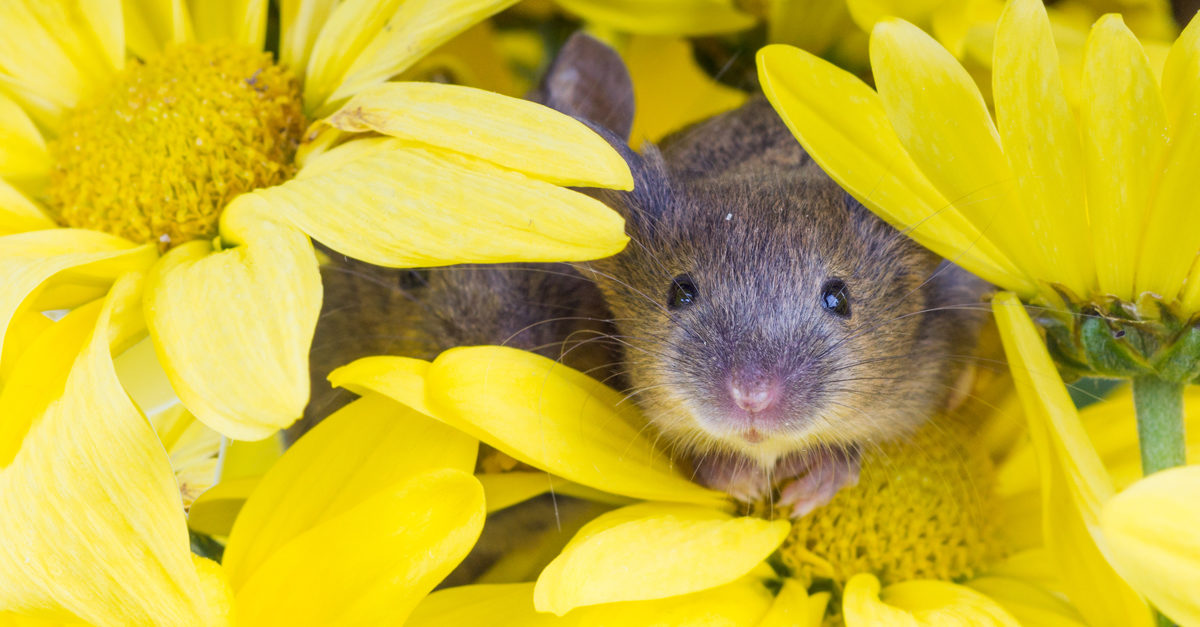Landscaping and pest management are more intertwined than you may think—those seemingly well-manicured plants and flowers outside your facility can also attract and provide harborage for pests.
Pest activity can be high during late spring, so now is the perfect time to make sure your landscaping isn’t contributing to a pest problem that could damage your organization’s hard-earned reputation. Here are some landscaping troubles that can make your facility vulnerable to pest pressures.
Unkempt Vegetation
Dense vegetation may provide harborage for many pests, including rodents and some social wasps, which may take advantage of this sheltered area for nest construction. Crawling pests can also take advantage of overgrown bushes or tree limbs brushing up against your building, which can provide a bridge from the outside to potential entry points, such as cracks or crevices around window ledges or the roofline.
Helpful tip: A small buffer of space—even two feet—between landscaping and the wall can make a huge difference in deterring pests from entering your facility. This also helps maintain the overall appearance of your property.
Mulch
Mulch can provide sustenance and harborage for pests. While organic mulch may add nutrients and retain the moisture plants need, it also creates a hotspot for pest activity.
Helpful tip: Consider putting down cocoa bark or pine straw as alternatives to organic mulch. These are both less conducive to pest activity.
Another option: Instead of using mulch, you can install a three-foot gravel strip around your building, which can deter pests, such as ants, cockroaches, and rodents. The uneven gravel surface obstructs pests, especially rodents, which are less protected out in the open. By setting up a protective barrier, you can help discourage pest entry and keep your landscaping looking neat year-round.
Flowering Plants
Be wary of plants that produce nuts, seeds, or fruit, as they can offer quick meals for pests. Remember, fragrant and brightly-colored flowers in bloom can draw in bees and other stinging pests.
Helpful tip: While it may be tempting to cover your property with flowers this year, consider limiting the number you plant and where you place these plants. Planting fewer flowers will decrease your chance of infestation and reduce the risk of potential encounters with stinging pests on your property. Placing flowers away from doors, windows, and walkways will give pests fewer reasons to hang out near high-traffic entry areas.
Ponds and Fountains
Mosquitoes breed in standing water like small ponds and fountains with limited water circulation. Populations can swell quickly, as a mosquito can lay more than 100 eggs at a time.
What’s the risk? A mosquito infestation is not only annoying, but also the cause of serious health concerns for employees and customers—especially when it comes to mosquito-borne viral diseases like West Nile, Chikunguya, and Zika.
Helpful tip: To help reduce the mosquito population near your facility, make sure water in any ponds or fountains circulates regularly. Running water can help prevent mosquitoes from laying their eggs on the surface. You can also stock ponds with mosquito-eating fish, which can eat up to 500 larvae per day.
Planning for Pests
Keep these landscaping tips in mind and consult your pest management partner to inspect your property for possible pest attractants and entry points this spring. Also, be sure to include your entire staff in your efforts to keep pests out. Grounds crews and maintenance teams should be educated on the various pests that may be present around your facility. With the support of your entire staff, you can help keep pests in their place this spring.



